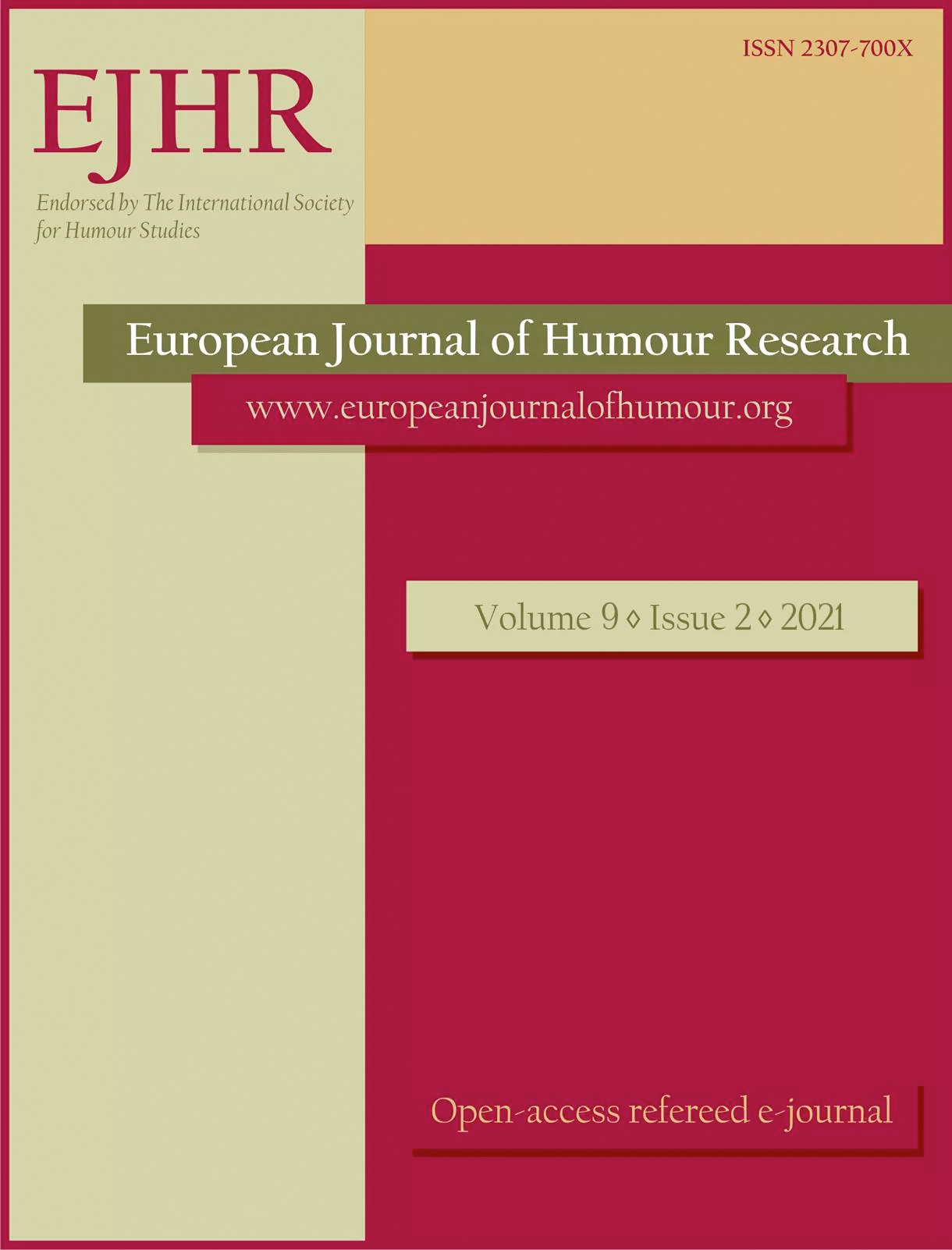The semiology of humour:
The semiology of humour:
developing the “countersign” model
Author(s): Marina Borodenko, Vadim A. PETROVSKYSubject(s): Language and Literature Studies, Semiotics / Semiology, Theoretical Linguistics, Applied Linguistics, Communication studies, Descriptive linguistics
Published by: Krakowskie Towarzystwo Popularyzowania Wiedzy o Komunikacji Językowej Tertium
Keywords: humour; semiology; trigger; counter-sign; conventionality;meta-communication;
Summary/Abstract: A semiology-based approach to understanding humour is being developed and an interpretation of humour as a “counter-sign,” a two-faced sign within the space of conventionality, is put forward. The range of core attributes to interpret the phenomenon of humour is determined. The concepts of the “frame of significance,” “conventionality,” and “meta-communicative marker of conventionality” are elaborated. The general definition of humour is being formulated as a “sign-based identification of non-identifiable signs within the space of conventionality.” An outline is put forward to enable the formal distinction between satire, humour, irony, and jokes. The following questions are addressed: “Why does that which is funny cease to be so if it is repeated many times?”, “Why can the terrifying become funny when recollected?” “Why is the state of bewilderment not always funny but returning to it in one’s thoughts triggers laughter?”
Journal: The European Journal of Humour Research
- Issue Year: 9/2021
- Issue No: 2
- Page Range: 7-25
- Page Count: 19
- Language: English

